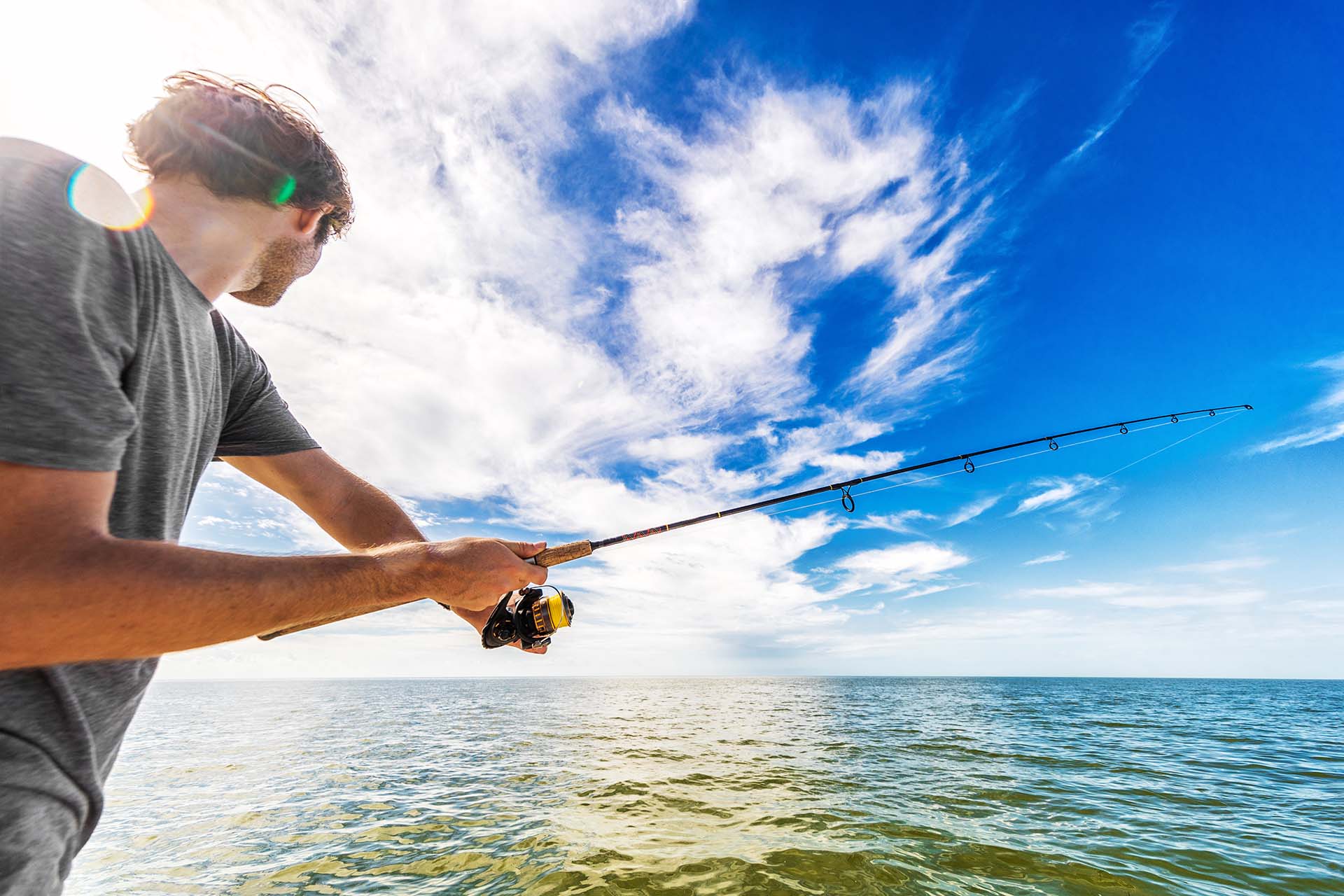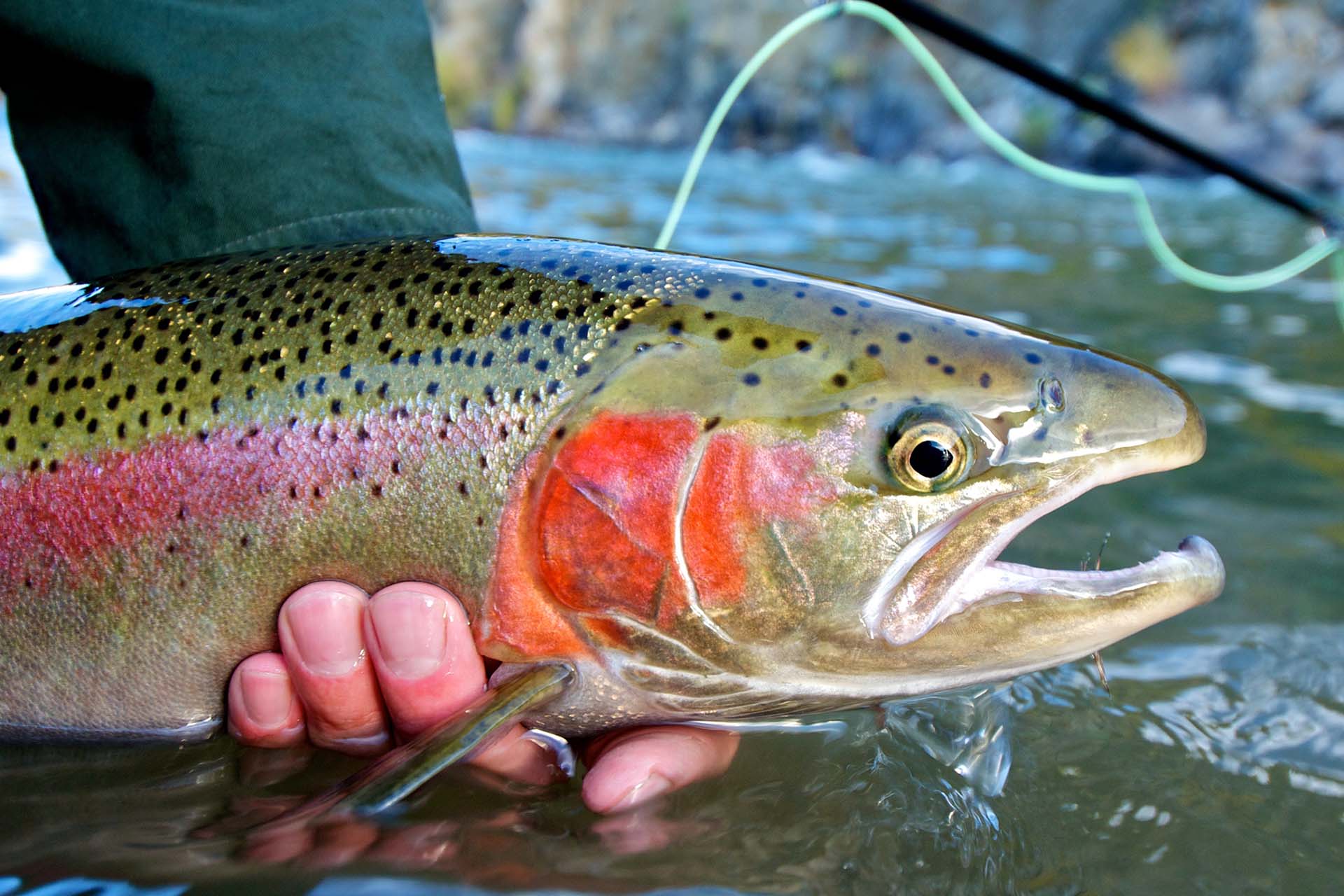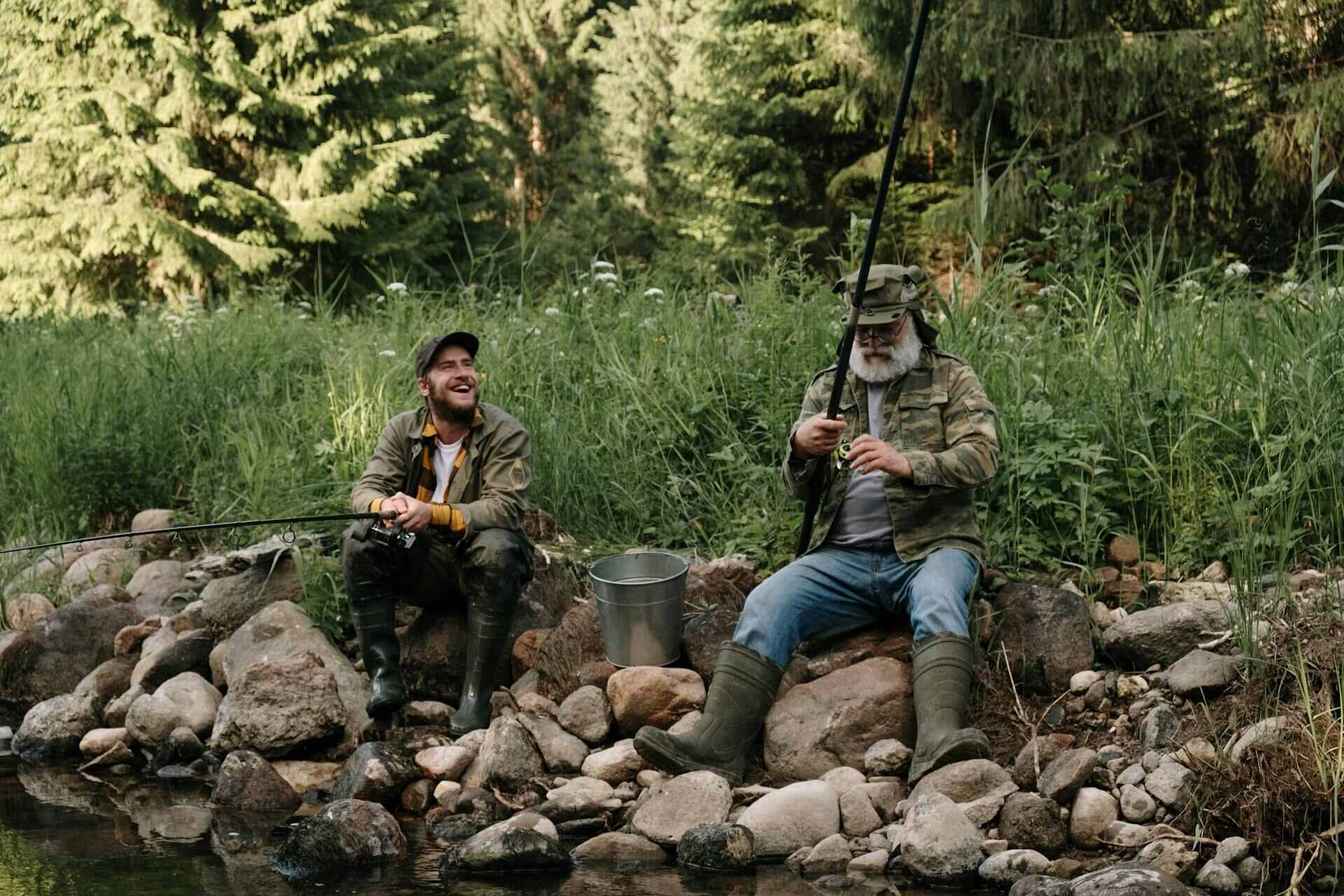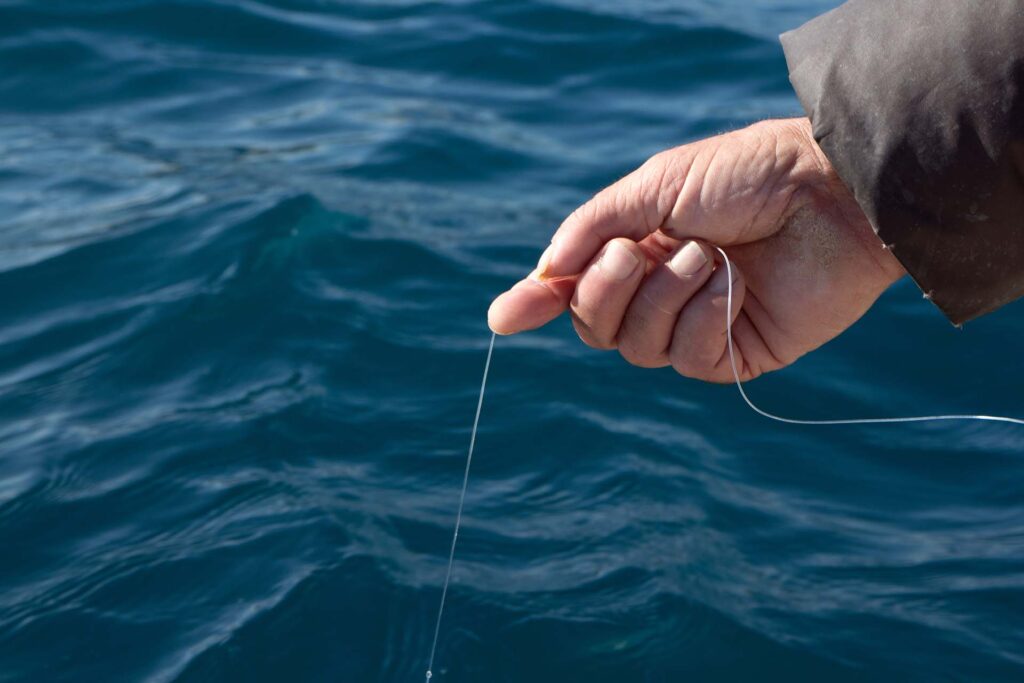So, how big do grass carp get, and will you get a chance to snap a photo of the trophy catch? Actually, grass carp, or white amur, can grow to 4.6 ft (1.4m) in length, which is massive, and they can weigh up to 97 lbs (44 kg). Since they are powerful fighters, you need to be prepared for catching this big fish. But first, gear up with knowledge since you need to know everything about them to catch them.
The History of Grass Carp – Where Does the Species Originate From?
The grass carp originate in South Russia, North Vietnam, and East Asia. They are native to the Amur River, which is situated on the border between China and Siberia. They were imported into the United States from Asia since they are very useful for weed control in reservoirs and fish farms.
Since then, they have been used for vegetation control in private ponds and lakes. You will find them in as many as 40 states across the United States, and they are present in India, New Zealand, and Europe as well.
What Kind of Habitat Does White Amur Live In Today?
They are freshwater fish, and they thrive in lakes, streams, clear ponds, and lakes. Since they are herbivores, they tend to live in the lower and middle layers of the water. They swim slowly, but they can be quick as well.
When white amur reaches maturity, they swim to the higher regions of the transparent waters to continue to live there. The long life span of white amur is due to their tolerance to different temperatures. They swim away from waters where the temperature is really low, like in winter.

Let’s Answer the Big Question – How Big Do Grass Carp Get?
Grass carp can grow to be very large. When some anglers catch a big fish, they usually continue fishing to beat their previous record, and with white amur, you can do that. But how big can grass carp get exactly? They have the potential to reach 4.6 ft (1.4m) in length, and they can weigh as much as 97 lb which is 44 kilograms.
Furthermore, the typical size of mature grass carp can be different depending on what they feed on and their habitat. In the rivers of Easter Asia, they can grow to be very large when compared to other regions.
When they are harvested at a younger age and smaller size, generally between 2 to 3 feet and 10 to 20 pounds meaning 60 to 90 centimeters and 4.5 to 9 kilograms. In fact, there are some regions where people must abide by regulations regarding how large the white amur can be while harvested and kept.
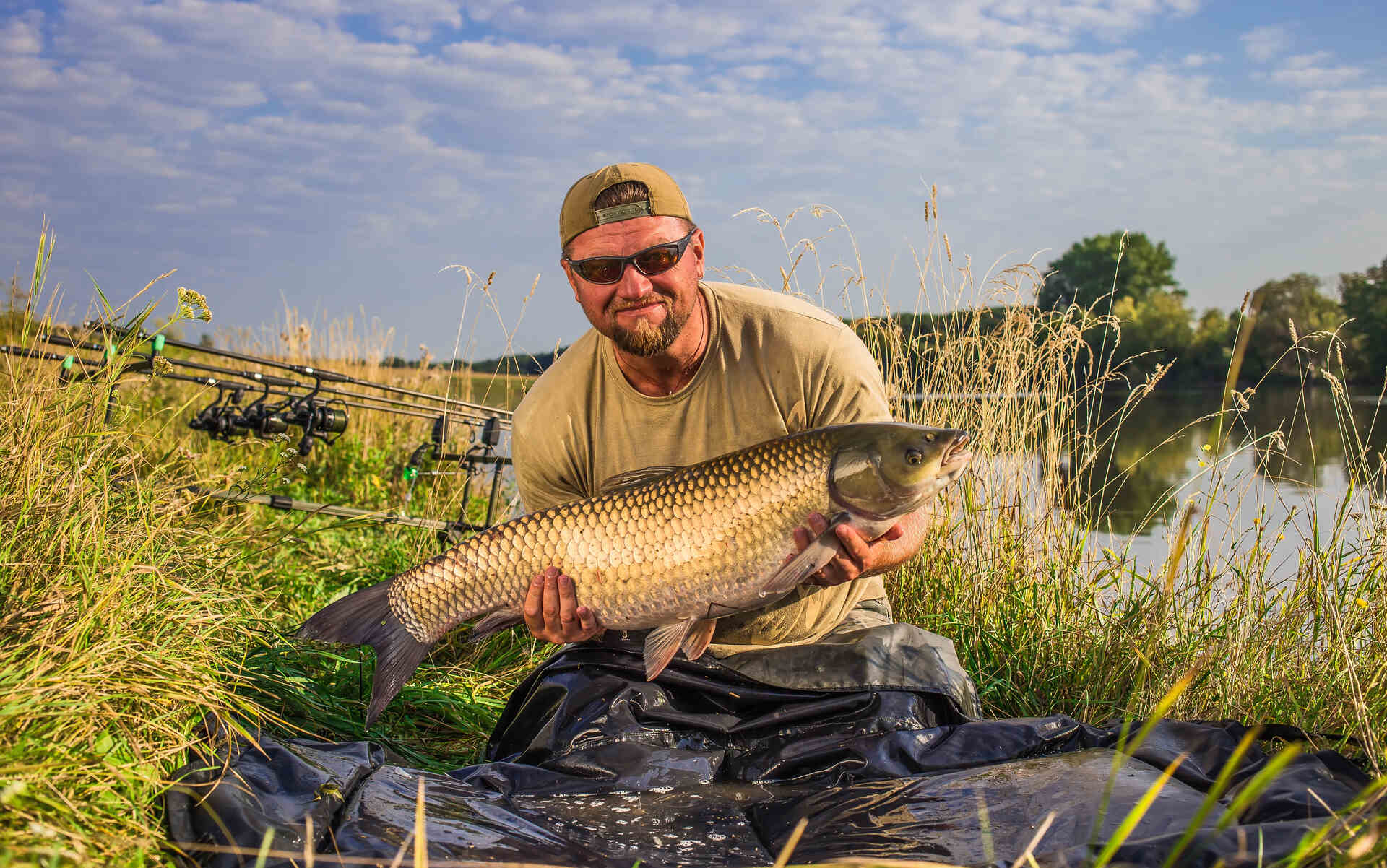
What Is the Largest Grass Carp Ever Caught?
The record still holds an 87.6-pound grass carp caught at Bulgaria’s Piasuchnik Dam. According to the International Game Fish Association, the record has not been broken since 2009.
However, each state in the United States has a record of the biggest grass carp caught there, which made the news. Here is a list of some of the record-breakers.
| State | Weight | Caught By | Date |
|---|---|---|---|
| Alabama | 73 lbs | Bradley D.Bridges, Sr.,Bryant | The 10th of April, 2012 |
| Illinois | 66 lbs 8 oz | Mark S. Metzger | The 8th of July in 1998 |
| Indiana | 69 lbs | Daniel Goss | The 10th of July, 1905 |
| Missouri | 69 lbs | Crowder S.P. | The 13th of November, 2002 |
| Oklahoma | 68 lbs 15.20 oz | Jereme Budgick | The 5th of April, 2008 |
| Kansas | 77.75 lbs | Kenneth Mosby JR | The 30th of September, 2012 |
Gear Up! It’s Fishing Time – How Can You Catch This Lunker?
Some anglers are surprised when they see grass carp caught in their net or on their hook because they are herbivores, and the fishermen might have fished for something else. This is called pure luck! But if you want to prepare to catch them, you might feel that they cannot be lured very easily.
They are thought of as calm and shy; however, they can fight very hard when they want to escape. So actually, great skill, a well-chosen style of fishing, and a lot of patience are needed for white amur. Here are some tips you need to remember when targeting them.
Sprinkle Some Corn a Day Earlier
A great trick no one takes seriously is preparation ahead of time. A day or two before your fishing trip, it’s best to come to the spot where you’ll cast your line and sprinkle some corn on the surface of the water.
The fish will be attracted to that spot immediately, and they will most likely stay in that area in order to continue to feed. You can even mix bread crumbs with canned corn and make small bait balls. Just ensure that the fishing hook is covered completely when you place your bait on it.
Using the Free-Spool With No Drag Is the Best Option
You will need to arm yourself with serious patience and silence during fishing. Any resistance or suspicious movement will be detected by the fish, and you’ll lose your catch. I recommend using a free spool with no drag since very little resistance can be felt by the fish. When you discard the drag, you only need to keep one finger on your line so as to notice bites.
Load Your Cooler With Vegetables
This fishing trip is going to be a bit different. Live and dead bait is not required; what you need is a salad. White amur loves celery, lettuce, green beans, lima beans, fresh grass, and watermelon rind. If you are going to a pond to catch this species, the ace up your sleeve would be cherry tomatoes!
Be Extra Silent - Watch Where You Step
As I’ve mentioned before, one irresponsible movement can drive the fish away. The incredibly shy and wary grass carp that can be in your trophy picture can get lost in a matter of seconds. This is why you need to think about silence and how not to walk too loudly. When you cast your line, do it carefully, and when you select the outfit for the trip, make sure it’s something that will blend into the surroundings.
Leave the Reel to Free Spool
Whenever your fish starts eating the bait, if they feel a slight resistance, they will drop it immediately and swim away. So, the best advice I can give you is to leave the line slack just until you can notice that they have eaten the bait. Next, simply reel the slack in carefully and set your hook.
What Kind of Gear Would Enable You to Catch a Big Grass Carp?
When it comes to the type of fishing rod you should use for grass carp, I would recommend medium-heavy ones since this species is known as a powerful fighter. The average weight is approximately 30 lbs, so you need something big to wrestle with it. Your rod should be about 7 ft.
Furthermore, finding the best type of hook is the most important thing. White amurs can get suspicious pretty quickly if they sense there is a hook on the bait. This is why you need the small circle hook (4-1/0,) so you don’t have any fear of losing your catch. Smaller hooks are a bit tricky, so make sure it doesn’t get stuck to your finger. If you want to, you can even make your small fishing hook specifically for this type of fish.
The appropriate fishing reel you can use is the one that can hold 200 yards of line. It’s ideal to use something that will keep your catch at bay. When you loosen your drag, you will need to fight the fish.
The last part of your gear should be a landing net. The last step is also crucial since you don’t want to see your catch get away once you drive it to the shore. It can spit your fishing hook. Prevent this by using a large landing net that can fit at least a 30 lb white amur.

Learn the Best Fishing Techniques for Catching This Species
So, what skills do you need to finally get one of the white amurs into your landing net? Since they are really easily spotted in the sun, you can use the bow fishing technique. However, this is too intense for beginners who are learning the basics of fishing, so another fishing technique might work better. Use your reel and rod, and stay patient. The techniques you can use are chumming or sight fishing.
Sight Fishing
Stalking white amurs is an excellent way to catch them if you are fishing in a clear pond or lake. You will not have a lot of difficulties if you are using a fly fishing rod as well. Occasionally you can even notice their fins when they are moving through the flooded grass. When they are not looking for prey, they will swim near the surface. This technique requires a stealthy approach, as any disturbance can spook the fish and it will flee.
Chumming Is a Must
Luring the fish even before you cast your line is effective with grass carp. As I have mentioned, the best bait is sweet corn which you can get at an incredibly low price, and you won’t get your hands dirty with any live or dead fish baits.
If you throw sweet corn before you come back to fish, on the day of your fishing trip, you will only have to throw some sweet corn, and the grass carp will congregate. You only need to set up your rod holders and wait until the line signalizes you have a fish on your hook.

You’ve Caught a Fish on Your Hook? But, How Do You Differentiate Between Grass Carp and Common Carp?
Know the difference between common carp (Cyprinus carpio) and grass carp (Ctenopharyngodon idella) since they are similar species that are found in freshwater environments. You don’t want to start celebrating catching your fish before you realize what you actually have in your landing net. There are some differences you might want to watch out for, such as:
- Appearance – Grass carp are slimmer and larger than common carp. They also have pointed heads with long silver-gray bodies. Common carp are more brownish and have rounded heads.
- Diet – As I have stressed in the blog already, white amurs feed on plants, but this is not the case with common carp. They are omnivorous and would be drawn to both live bait and dead bait as well as plants.
- Habitat – Grass carp prefer flowing, clear water such as streams and rivers. Adversely, common carp lie in different aquatic environments, such as slow-moving rivers, lakes, and ponds.
- Reproduction – Common carps spawn during the summertime, while grass carp spawn in the spring. Grass carp produce more eggs than common carps.
- Economic value – Common carp will be generally featured on your menu, while grass carp will not. They are rather used in aquaculture for the control of aquatic plants.
All in all, while both species share similarities in appearance, they differ greatly regarding their purpose in ecological niches. However, while you are looking at your landing net, the most important thing you should know is the subtle differences in their appearance, so you know what you have caught.
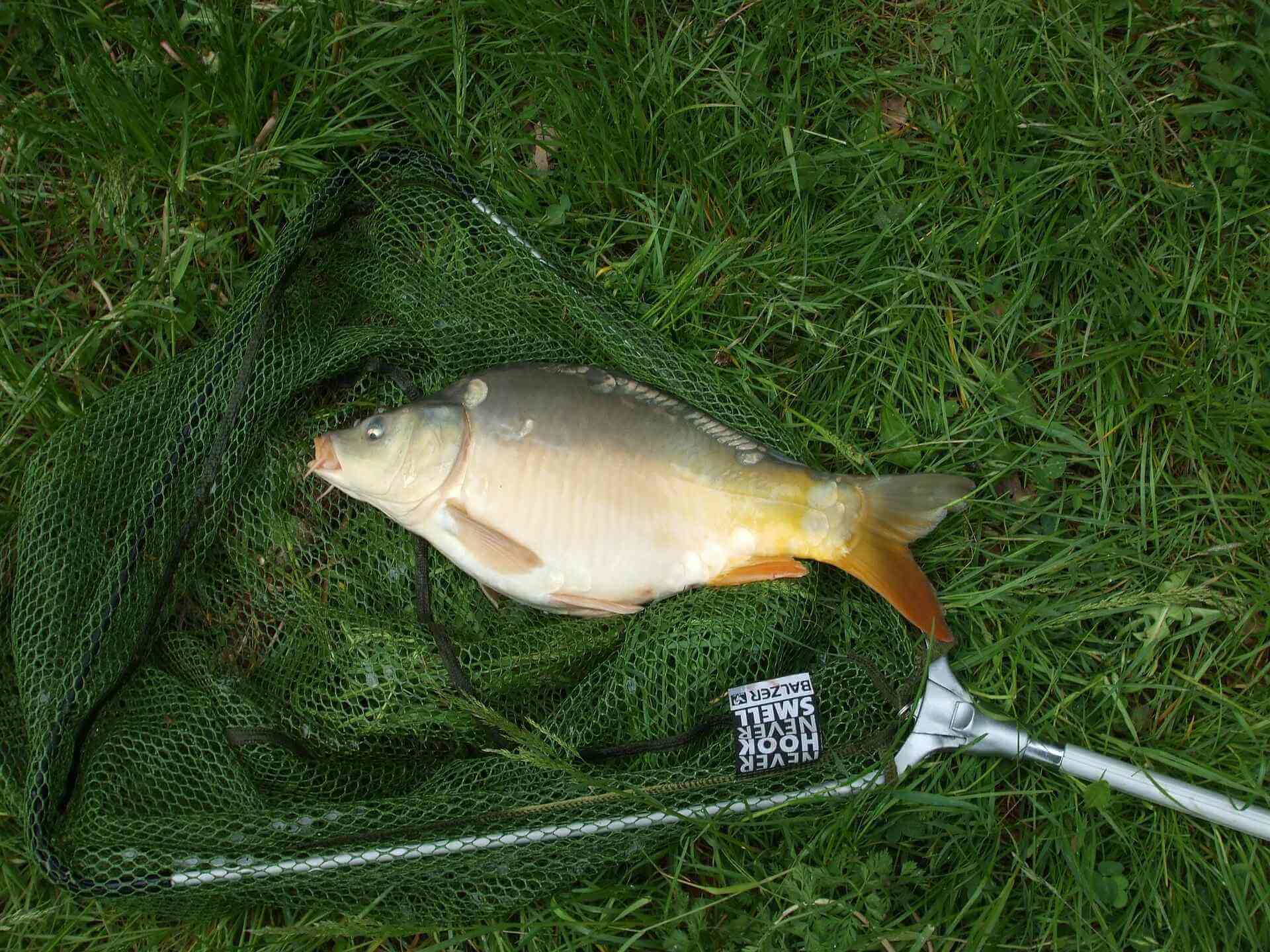
Ready to Earn Yourself a Record for Catching the Biggest Grass Carp in Your Area With Our Tips and Tricks?
You’ll never know who’s going to be the next fisherman to beat the record from 2009 for the biggest grass carp ever caught. It’s best to start preparing for this exciting adventure by learning techniques and methods that will eventually land you at least a 30 lbs fish in your net. Start by purchasing the right gear so you can fight these lunkers, and then set up bait traps in the lakes and ponds. The next 4.6 ft grass carp might be yours.


